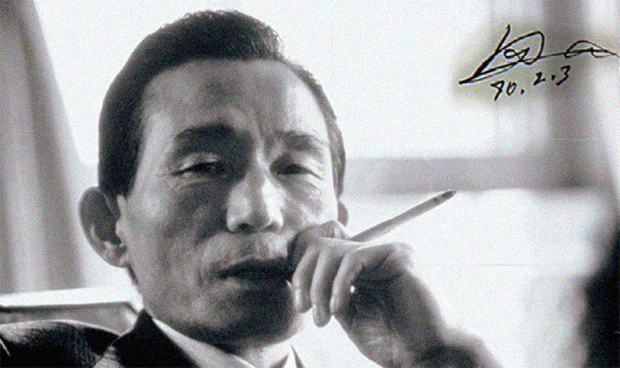The soldiers, a self-fulfilling prophecy of impending death, advanced unflinchingly with one goal: kill Park Chung-hee, then President of South Korea.
It was dark when it started, just before midnight on January 17, 1968. Thirty-one North Korean soldiers moved stealthily through the DMZ. Reaching a chain-link fence, the men changed into coveralls and army uniforms from the Republic of Korea (ROK). They cut openings in the fence—ever so quietly—and squeezed through onto South Korean territory. Nearby American soldiers, less than a 100 feet away, remained stunningly oblivious. The sun rose on January 18, and the men hid, waiting for the refuge of darkness to move again. They continued on like this, at one point resting less than two miles from a U.S. Army Divisional Headquarters.
The soldiers, a self-fulfilling prophecy of impending death, advanced unflinchingly with one goal: kill Park Chung-hee, then President of South Korea.
It was dark when it started, just before midnight on January 17, 1968. Thirty-one North Korean soldiers moved stealthily through the DMZ. Reaching a chain-link fence, the men changed into coveralls and army uniforms from the Republic of Korea (ROK). They cut openings in the fence—ever so quietly—and squeezed through onto South Korean territory. Nearby American soldiers, less than a 100 feet away, remained stunningly oblivious. The sun rose on January 18, and the men hid, waiting for the refuge of darkness to move again. They continued on like this, at one point resting less than two miles from a U.S. Army Divisional Headquarters.
Become a member for less
than $5.75 per week.
Unlimited access to all of NK News: reporting, investigations, analysis
The NK News Daily Update, an email newsletter to keep you in the loop
Searchable archive of all content, photo galleries, special columns
Contact NK News reporters with tips or requests for reporting
Get unlimited access to all NK News content, including original reporting, investigations, and analyses by our team of DPRK experts.
Subscribe now
All major cards accepted. No commitments – you can cancel any time.












